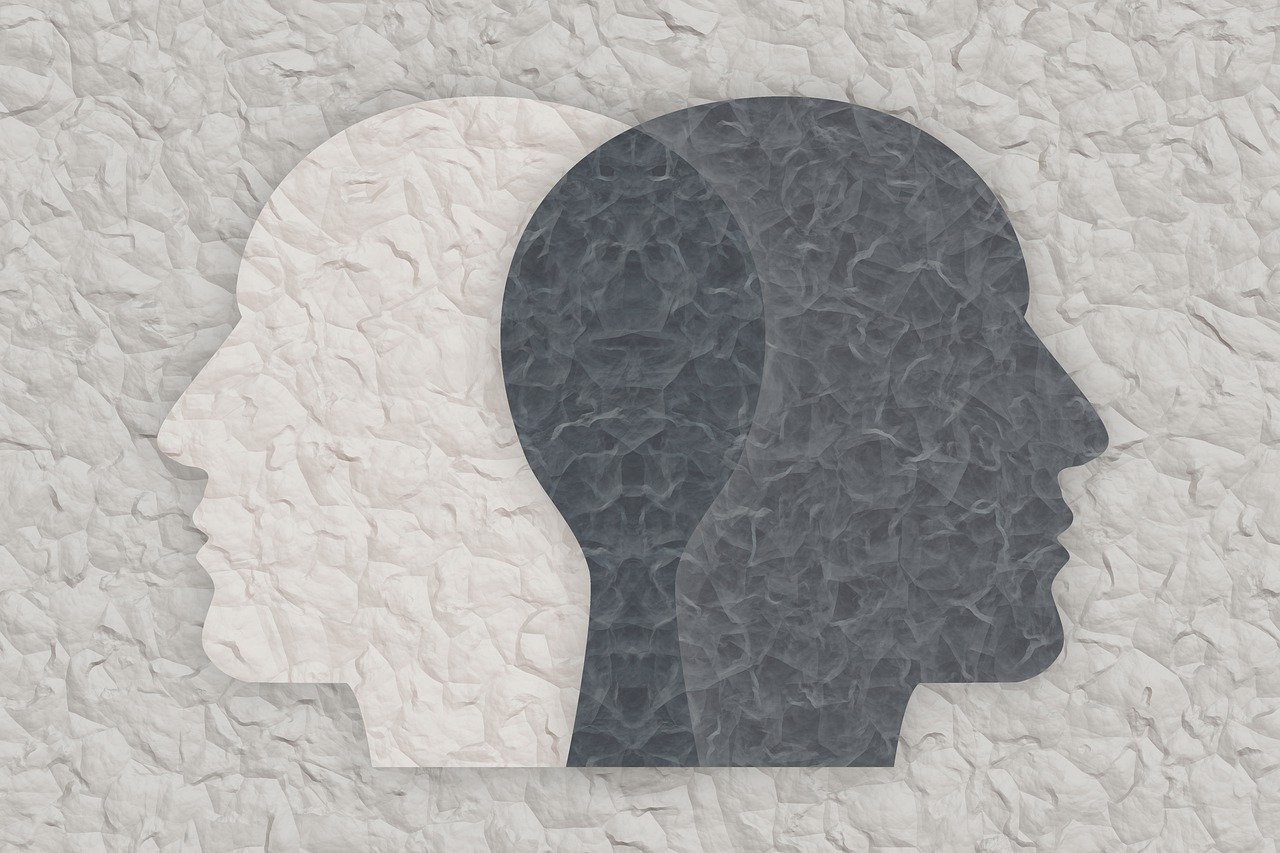

Bipolar 1 disorder is a serious mental health condition that affects millions of people worldwide. I’m often asked about the frequency of this disorder.
Let’s explore the facts and figures to better understand how common bipolar 1 really is.
Bipolar I disorder is characterized by extreme mood swings, including:
According to a study published in the National Center for Biotechnology Information (NCBI), bipolar 1 disorder affects about 1% of the global population.
This means that approximately 1 in every 100 people will experience bipolar 1 disorder at some point in their lives.
This diagram shows the lifetime prevalence of mental health disorders. Anxiety Disorders are the most common at 28.8%, followed by Major Depressive Disorder at 16.2%.
Bipolar I Disorder and Schizophrenia are less common, with 1% and 0.5% prevalence, respectively.
Source: NCBI
To better grasp how common bipolar I disorder is, let’s compare it to other mental health conditions:
Bipolar I disorder may be less common than depression or anxiety, but it affects a significant number of people globally.
Several factors can impact the likelihood of developing bipolar I disorder:
It’s important to note that having one or more risk factors doesn’t guarantee that someone will develop the disorder.
This distribution shows that Bipolar 1 disorder most commonly begins in late adolescence or early adulthood, particularly between the ages of 18 and 25.
The likelihood of onset decreases progressively with age, with fewer cases emerging after the age of 40.
Knowing how common bipolar I disorder is is crucial for several reasons:
Diagnosing bipolar I disorder can be challenging due to overlapping symptoms with other mental health conditions. A thorough evaluation by a mental health professional is necessary for a correct diagnosis.
Treatment typically includes:
While bipolar I disorder affects about 1% of the population, it has a significant impact on those who live with it.
Understanding its prevalence helps us support those affected and work towards reducing mental health stigma.
If you or someone you know is experiencing symptoms of bipolar I disorder, it’s essential to consult a mental health professional for proper diagnosis and treatment.
Remember, effective treatments are available, and with proper care and support, many people with bipolar I lead fulfilling, productive lives.
